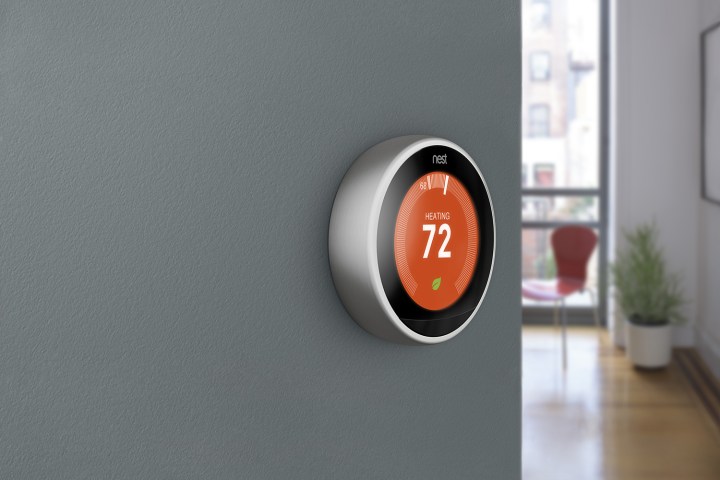
Samsung and Nest aren’t going at this Thread thing alone. Tyco, Freescale, Yale, Somfy, Silicon Labs, and Qualcomm are all members of the group. Any products these companies, or any others, want to get the Thread stamp of approval on need to undergo “rigorous testing … to help ensure that they work together effortlessly and securely right out of the box.” Thread has promised “banking-class” security and a “smartphone-era authentication scheme.”
Members have submitted over 30 products and components for certification, and once approved, they may sport “built on Thread” or “Thread certified component” logos, similar to Apple’s HomeKit. That way, the promise is that customers can be assured the products are secure, reliable, and will work with other Thread devices.
Among the companies with products soon to receive certification is Freescale Semiconductor. Its Thread pre-certified software stack is available now, and it expects to receive full certification by the end of the month. That means its microcontrollers, microprocessors, connectivity solutions, and sensors can help connect your home. “Freescale microcontrollers and sensors keep up with the demand for constant improvements in reliability, cost, and energy efficiency. Freescale helps to simplify consumers’ lives with sensor and MCU technology for home appliances including electric/gas cooking, dishwashers, refrigerators/freezers, washers, dryers, and room air conditioners,” according to the company.
As a mesh network, Thread wants to connect even the tiniest devices to strengthen its connection. A Christmas lights analogy is often used to explain how it works: Unlike the festive decorations, it doesn’t matter if one “bulb” goes out, because the communication can just hop around it to the next connected device. It’s not going through a central point — just to the next device in the line. That one’s acting up, too? The data moves on again.


